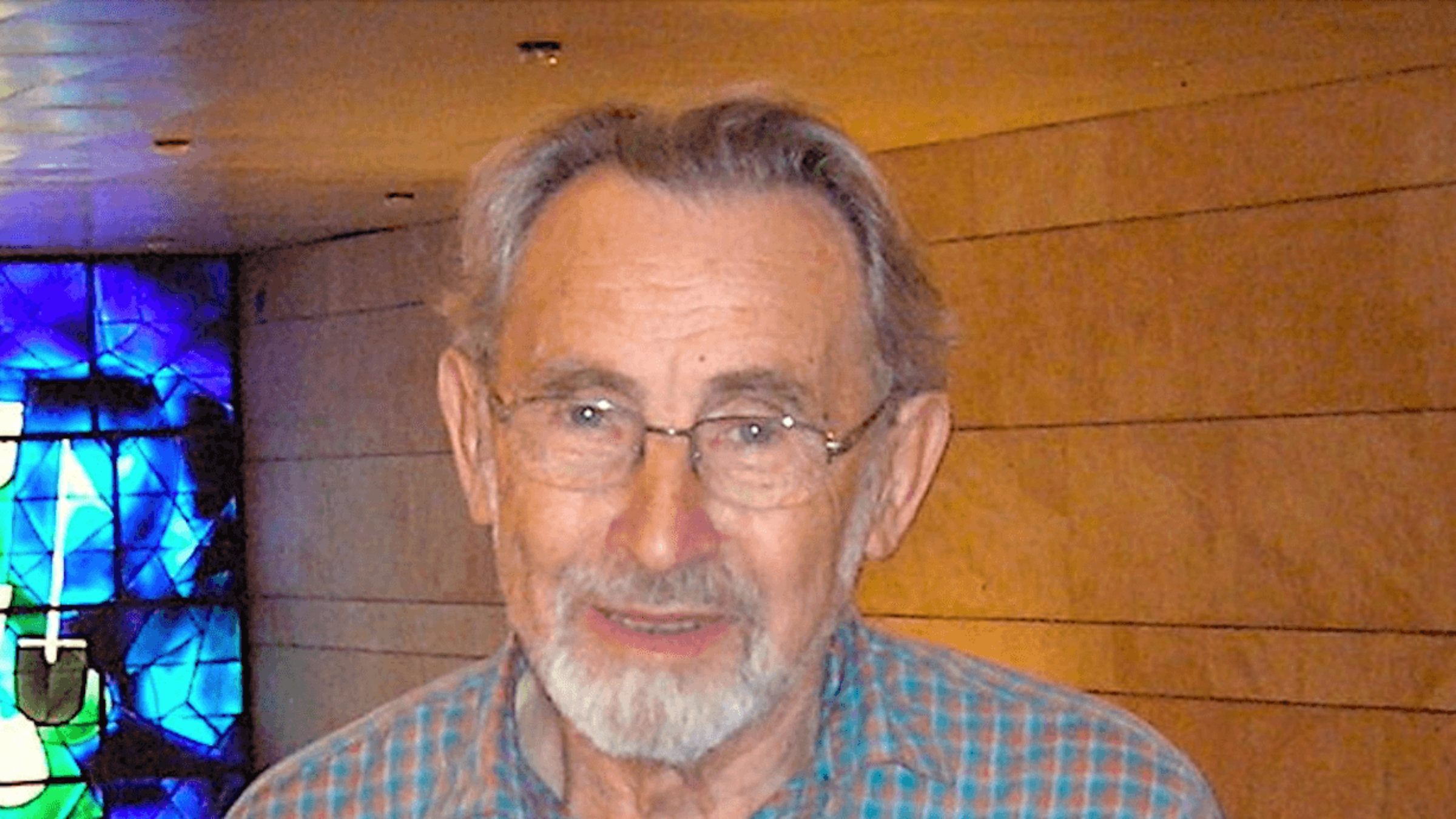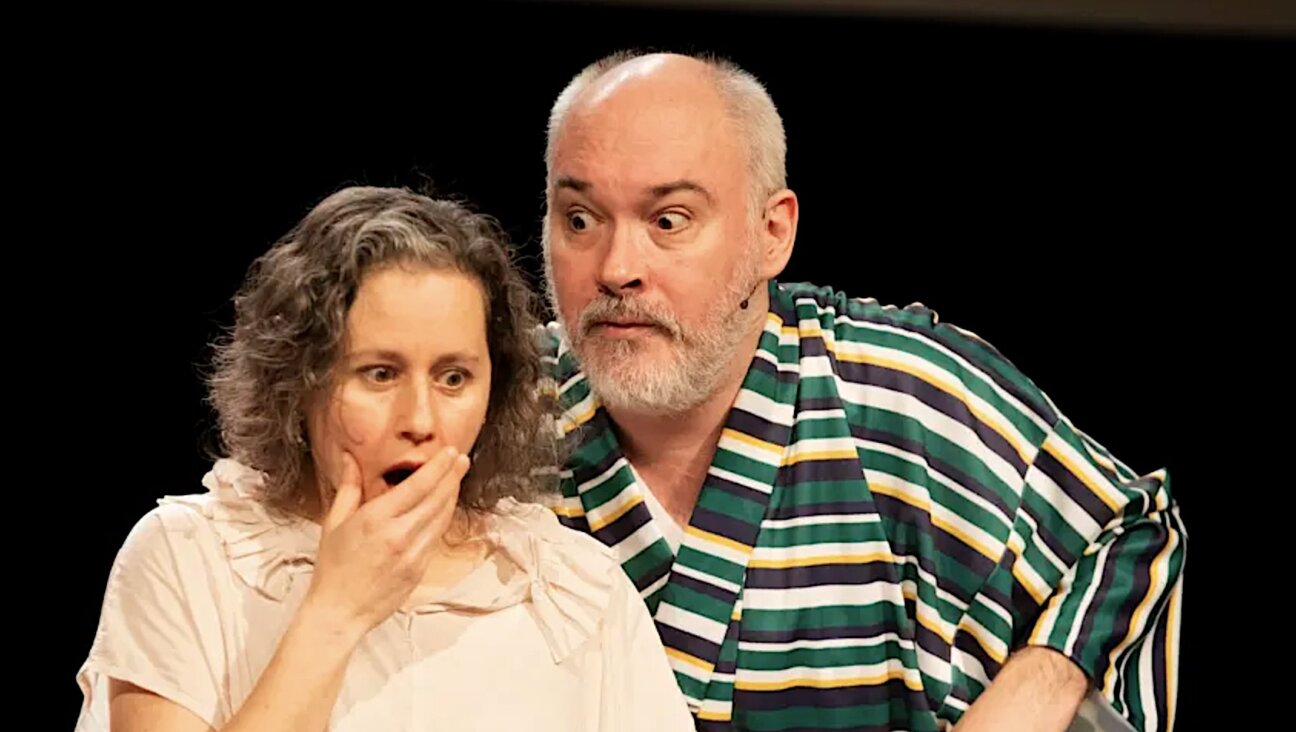My rebbe, David Weiss-Halivni: a scholar and a mensch
He often invited me on his walks on Riverside Drive and this became a cherished moment for me to be with my revered teacher.

Photo by Wikimedia Commons
With the recent passing of David Weiss-Halivni, we’ve lost a world-renowned Talmud scholar. I had a relationship with him of over thirty years and was a doctoral candidate of his. (Honesty requires me to fess up: I never finished my dissertation, despite his many calls to my wife to “just get him to write up his research.”)
Having spent years in his Talmud class, I witnessed firsthand how his photographic memory allowed him to roam the world of the Talmud. In our class, though, he focused on the page before us, emphasizing that we had to determine how a sugya (case) developed as a legal/literary entity. His questions about the text were not the ones my rebbeyim (teachers/rabbis) had discussed in my prior yeshiva study.
I mourn the loss of this scholar, who passed away on June 29. When I think about him as a person, the first image that comes to mind is a large black-and-white photo of him as a child in the shtetl of Sighet, then part of Romania. He hung this portrait in his office, and I observed it during each shiur (lesson). He looks about 9 or 10 years old, wearing simple clothes and a shtetl cap. His warm, kindly eyes stare out at the observer. With this photo, David Weiss-Halivni had preserved in his study the world of his innocent childhood which, in a few years, would be destroyed by the Nazis. Not long after the picture was taken, young David was deported to Auschwitz, his family and community destroyed. And yet, he emerged seemingly unscathed and whole.
After he died, I connected with a colleague who knew him well. Each of us reflected on his learning but our conversation quickly shifted to our remembrance of him as a person, and especially his exceptional anives (humility). We recounted his modesty, warmth and approachability. Those virtues could already be seen in the eyes of that zis yingl (sweet young child) in the photo.
On Shabbos afternoon, Rabbi Weiss-Halivni and I both attended the same Minha (afternoon) service. Before the evening service he liked to take a shpatsir (a walk) on Riverside Drive. He invited me to join him, and for many years, this became a cherished moment for me to be with my revered teacher. During one of these walks he startled me by declaring that he feared he hadn’t successfully taught his method to us. “I know the class understands my interpretation once I present it,” he said. “But I’m not sure I know how to teach you to recognize the seams on the page.”
His method sought to identify the various generations of scholars whose remarks appeared in a given sugya. Most sugyas were not easy to understand because they contained various perspectives of scholars throughout the ages, all combined into one sugya by a later anonymous editor. Our task as his students was to identify these “seams,” which often led to a new understanding of the sugya.
He was right, it wasn’t easy for us to master his method. But during that walk I was touched that he sought to unburden himself to me. After all, I was still his student. I can’t recall any other teacher in yeshiva or graduate school who demonstrated such humility, honesty and caring.
I once dared to ask him how fellow concentration campmates had emerged from their encampment. I deliberately asked about others; I really wanted to know about him. He said that he sensed there were two reactions. During the Holocaust, some survivors lost their faith, and that was understandable. (He was never critical of Jews — especially survivors — who could not believe. He knew better than to mouth simplistic piety.) Others, he said, deepened their faith, even in the face of horrific loss. He insisted that it was humanity that was on trial during the Holocaust, not God. Rabbi Weiss-Halivni had provided an answer to what I asked, without openly acknowledging it. I never heard him express doubt in his faith or God, nor did I observe in him a diminished observance of Jewish law.
Each year I cherished his visit to my office to sell his hametz in advance of Passover. I told my administrative assistant to allow me to have a few minutes with Rabbi Weiss-Halivni when he arrived, even if there were lines of students waiting outside. I would save questions for him about the Haggadah or the tractate P’sahim (the Talmudic tractate which deals with Passover). To my surprise, he sometimes arrived with his own specific questions about halakha (Jewish law), or topics he wanted to discuss related to Passover observances.
Whenever he did this, I was touched by his humility. He was the master of Talmud, yet his expertise was in the scholarly examination of Jewish texts. When it came to actual practice, he was modest in honestly asking his questions and seeking answers.
Although his scholarship contributed mightily to Talmud study, that kind boy in the photograph is what has stayed with me. He taught us how to learn a page of Talmud but also modeled what it means to be a mensch.
Rabbi Charles Sheer was the Jewish chaplain at Columbia University and Barnard College for 34 years.
A message from our Publisher & CEO Rachel Fishman Feddersen

I hope you appreciated this article. Before you go, I’d like to ask you to please support the Forward’s award-winning, nonprofit journalism during this critical time.
At a time when other newsrooms are closing or cutting back, the Forward has removed its paywall and invested additional resources to report on the ground from Israel and around the U.S. on the impact of the war, rising antisemitism and polarized discourse.
Readers like you make it all possible. Support our work by becoming a Forward Member and connect with our journalism and your community.
— Rachel Fishman Feddersen, Publisher and CEO























